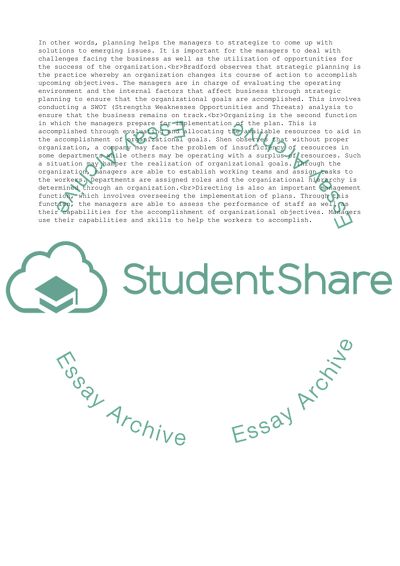Cite this document
(“Key Functions of Management Admission/Application Essay”, n.d.)
Key Functions of Management Admission/Application Essay. Retrieved from https://studentshare.org/management/1728407-business
Key Functions of Management Admission/Application Essay. Retrieved from https://studentshare.org/management/1728407-business
(Key Functions of Management Admission/Application Essay)
Key Functions of Management Admission/Application Essay. https://studentshare.org/management/1728407-business.
Key Functions of Management Admission/Application Essay. https://studentshare.org/management/1728407-business.
“Key Functions of Management Admission/Application Essay”, n.d. https://studentshare.org/management/1728407-business.


